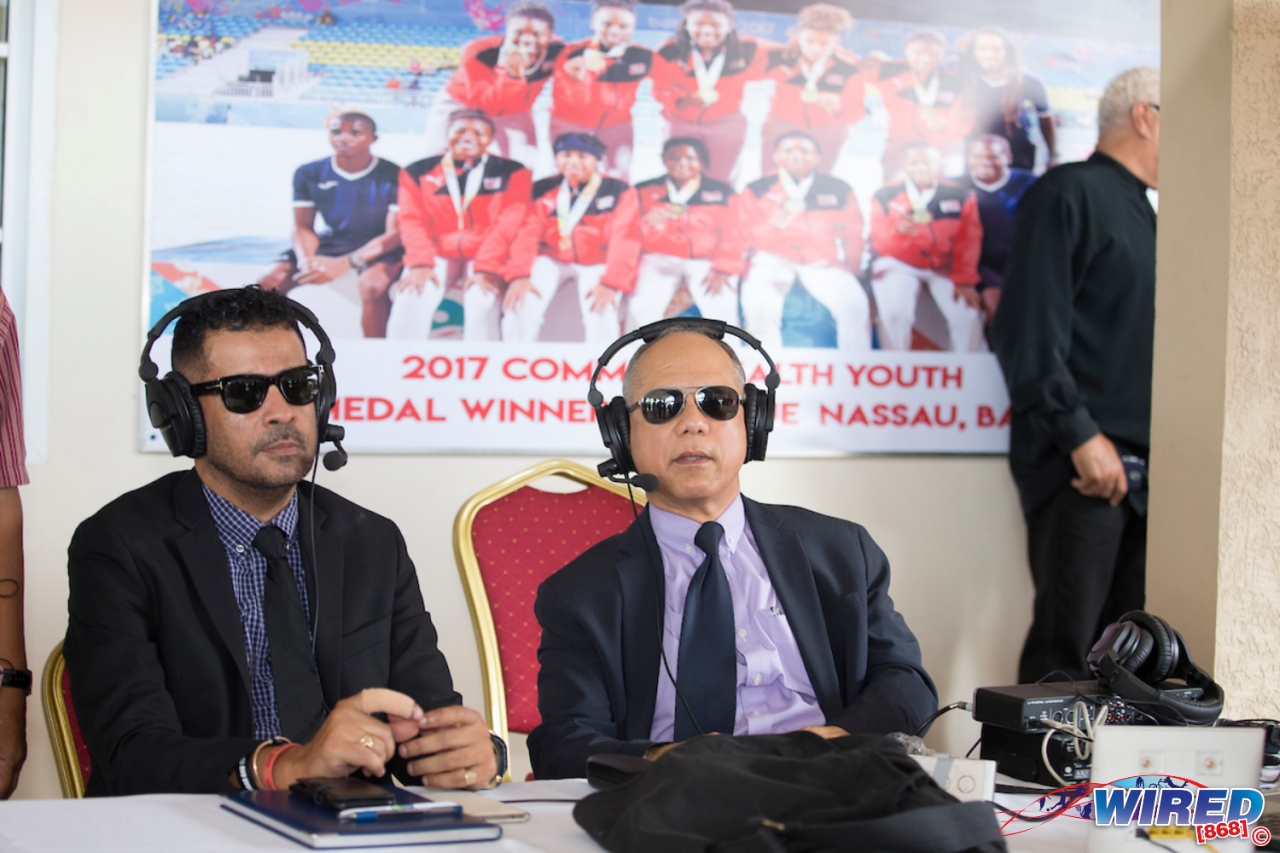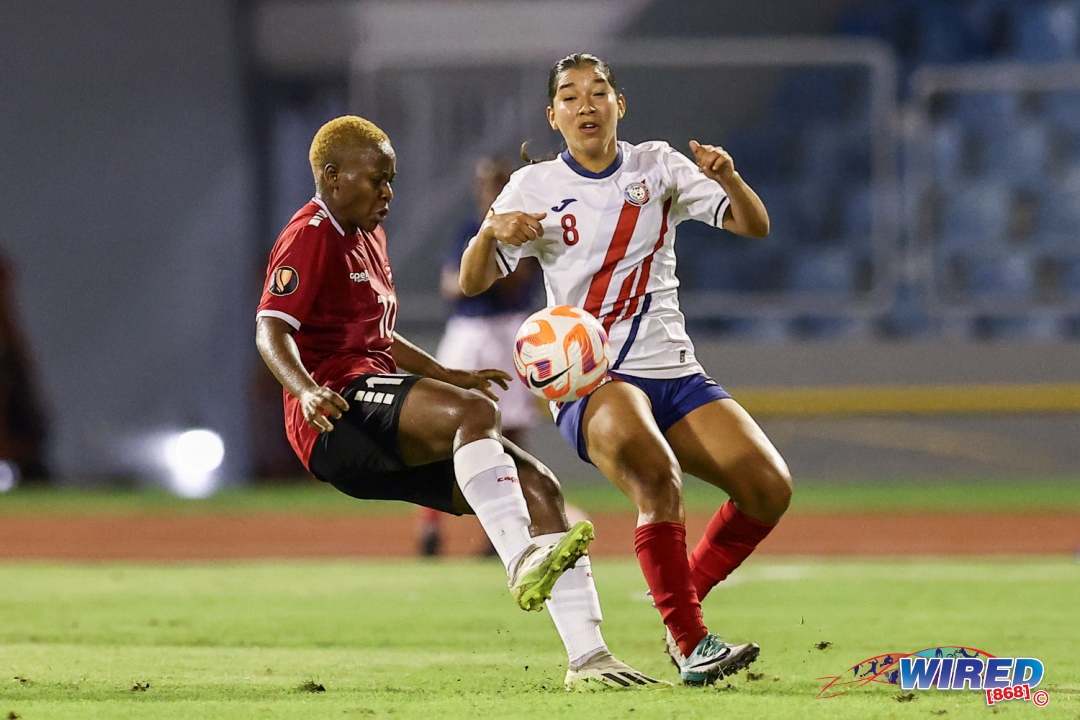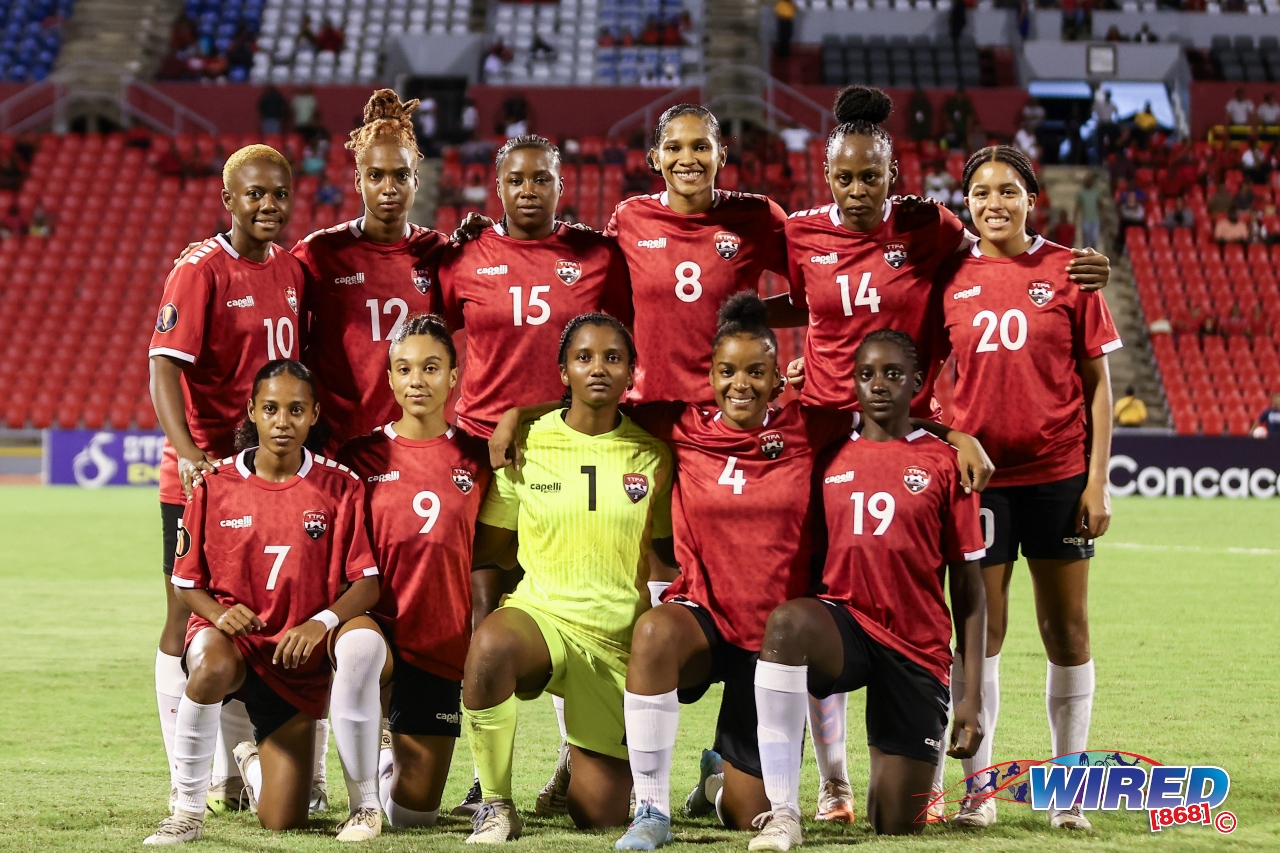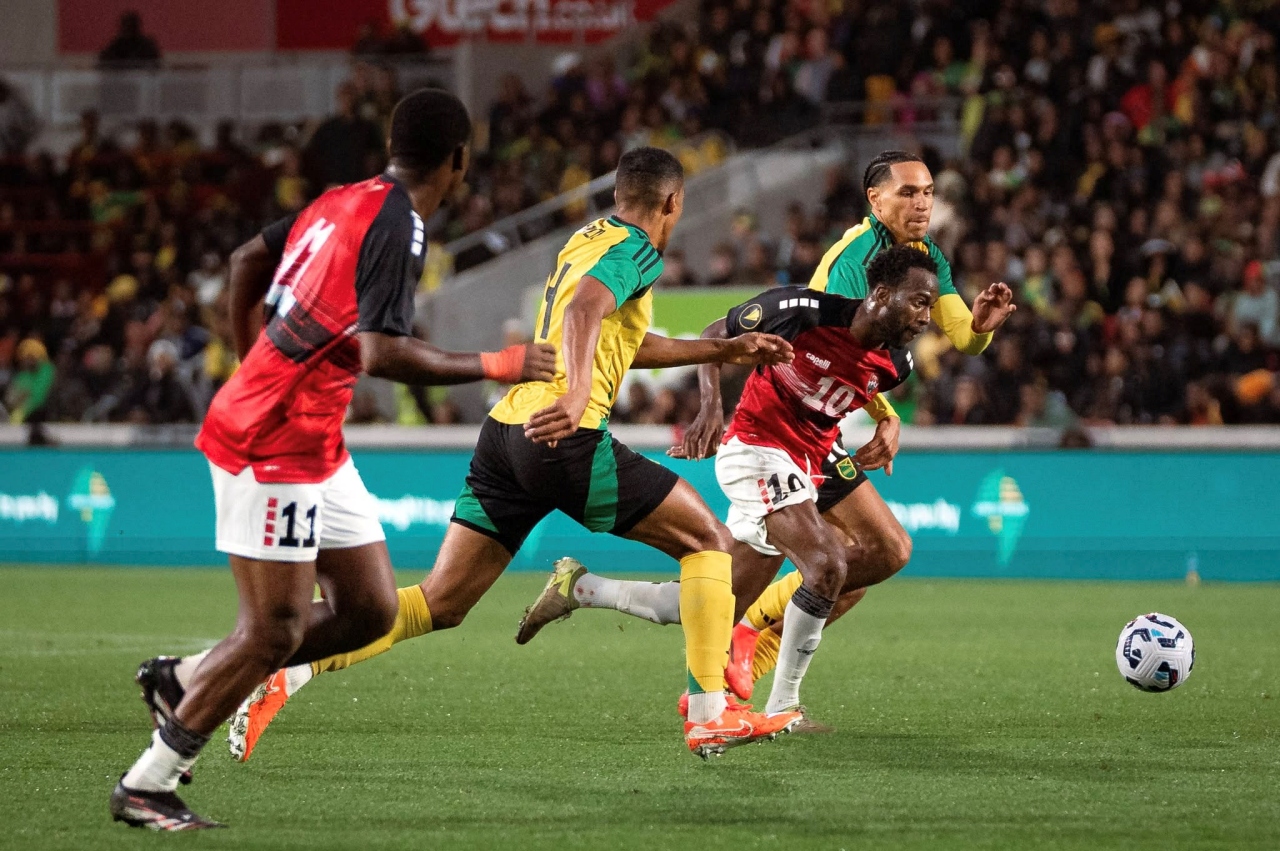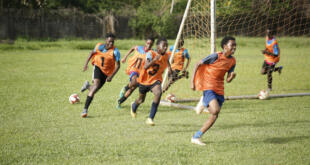“[…] Giving your athletes concise technique feedback enables them to continue to improve. ‘Great job’, ‘well done’, ‘that was awesome’, is good feedback.
“Great feedback, on the other hand, explains exactly what was done well. Precise, regular pieces of feedback are most effective…”
Canada-based Trinidad and Tobago track coach Tony Hatt believes in using positive reinforcement. His seven steps offer some guidelines to coaches and athletes to get the most benefits from workouts:

At a seminar I gave in Trinidad a number of years ago, I was asked by an athletic coach why I use the ‘cheerleader’ method over the ‘military’ method in my coaching.
Coaching is one of the most rewarding things one can do. It is a chance to make a real difference to the lives of young adults. It comes with a responsibility to actually be a coach, rather than just an instructor. I believe that coaching middle and distance athletes in Trinidad and Tobago can be improved with some slight adjustments.
With that in mind, here are seven suggestions to help your coach and athlete learn faster and achieve greater success.
1) Greet your athletes with genuine enthusiasm.
Set the scene by welcoming your athletes to your session heartily, regardless of how good or bad you may be feeling. Life is hectic. Your athletes have chosen to spend some of their valuable time with you, so be sure to let them know you appreciate it.

(Copyright Daniel Prentice/ Wired868)
2) Introduce your session clearly and concisely.
Athletes will give you greater effort when they know what is expected of them. There is no need to explain the whole session in detail—you will lose their attention very quickly, and it is impossible for them to retain everything you say anyway.
Just provide a clear, concise overview (two minutes, max) that gets them excited about what is ahead. The best learning happens by doing, not listening to you talk.
3) Give positive feedback.
Always give your athletes enthusiastic feedback when they demonstrate improvements, particularly in the area of effort. Positive reinforcement is your best friend. Use words of affirmation to praise your athletes when they do something well. Specifically, hone in on their improved efforts, as this will increase their feelings of accomplishment and drive them to work even harder.

The success of your athletes is about doing things better today than they were done yesterday, regardless of the level they started at.
4) Give simple, concise technique analysis.
Giving your athletes concise technique feedback enables them to continue to improve. “Great job”, “well done”, “that was awesome”, is good feedback. Great feedback, on the other hand, explains exactly what was done well. Precise, regular pieces of feedback are most effective.
When correcting technique, always open with something specific that the athlete did well. Then follow it up with the correction to the relevant skill or movement.
Here is a football example: “I loved the way you followed through with your leg swing on that pass. Next time try placing your planted foot a little closer to the ball.”

(via TTFA Media)
5) Ask questions that encourage athletes to analyse their performance.
Encourage your athletes to think critically about their performance by asking strategic questions. Not only will this improve their learning, but it is a highly effective way of connecting more with your athletes. Here is an example:
Coach: How did that feel, Dawnell?
Dawnell: Really good. It seemed easy.
Coach: Great, so what did you do differently from the last time?

6) Ensure your athletes know what comes next.
I talked about providing a clear and concise introduction. Well, here is an important follow-up. At key points throughout the session, inform your athletes of what is coming next. This will keep your session on track and help your athletes to connect the dots in their learning.
Focus on why you are doing things, rather than just what you are about to do. Again, be clear and concise in your explanation and most importantly, make sure to do it at times when all your athletes are in the position to listen.
7) Ask for feedback on the session.
Your athletes are your best critics. If you ask the right questions, they will tell you everything you need to know about the quality of your coaching. Come up with a method of collecting this information that works for you, and most importantly, schedule time to reflect on it and change things as a result.

(Copyright Annalicia Caruth/ Wired868)
The cool-down is a great time to ask for feedback. Keep your questions brief, informal, and be sure to get a variety of opinions across your group. Here are three simple examples: What was one thing you liked about the session? What was one thing you disliked about the session? What did you learn?
Good coaches connect with their athletes, they know how to make changes with them, and they know how to get results. Bottom line, they get the work done.
Professional coaches work on themselves constantly. They are open to new ideas and philosophies. They study coaching seriously and take coaching seriously. They care about the person across from them.
That’s what it’s all about anyhow, isn’t it? Helping people?
Want to share your thoughts with Wired868? Email us at editor@wired868.com.
Please keep your letter between 300 to 600 words and be sure to read it over first for typos and punctuation.
We don’t publish anonymously unless there is a good reason, such as an obvious threat of harassment or job loss.
 Wired868 Wired868 for smart sport news and opinion
Wired868 Wired868 for smart sport news and opinion

